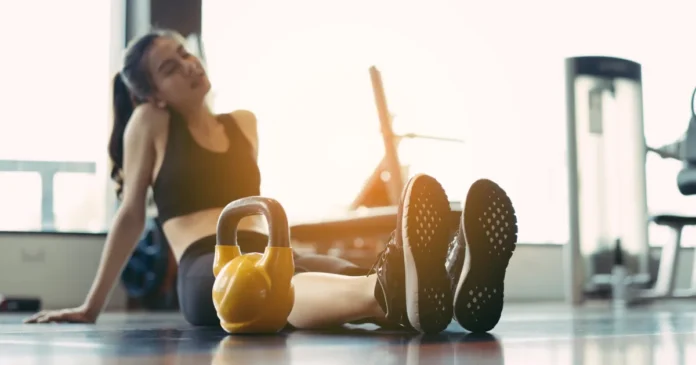Spring is here, but that’s not stopping fitness enthusiasts from turning up the heat in the studio. From heated yoga and Pilates to high-energy spin classes, these workouts are attracting those eager to sweat it out and boost their fitness results.
Discover the Benefits of Heated Workouts
Heated workouts are gaining popularity for their potential physical and mental benefits. Exercising in elevated temperatures—ranging from 85°F (29.4°C) to over 100°F (37.8°C)—can increase blood flow and warm muscle tissue, enhancing flexibility and reducing stiffness. According to Dr. Dominic King from the Cleveland Clinic, the heat may also add cardiovascular intensity, potentially burning more calories than workouts in standard conditions.
However, it’s important to remember that heat alone doesn’t guarantee improved workout performance. Consistency, proper technique, and overall effort are essential to see real fitness gains. As Dr. King advises, “Sweat smartly, not just profusely.”
Heated exercise might also provide a mental boost through the release of endorphins, offering relaxation benefits similar to those experienced in a sauna. Yet, despite these advantages, heated workouts are not a cure-all solution for fitness.
The Potential Downsides of Exercising in High Temperatures
S. Tony Wolf, an assistant professor in kinesiology at the University of Georgia, warns that exercising in the heat can sometimes reduce overall exercise intensity. The increased physiological strain may diminish the quality of your workout, making it crucial to balance heat with comfort for sustainable health benefits.
Essential Safety Tips for Heated Workouts
If you love hot classes or are curious about trying one, prioritizing safety is key. Exercising in high temperatures raises the risk of dehydration, heat exhaustion, heat stroke, and fainting, and may exacerbate existing heart, respiratory, or kidney conditions.
- Hydration is Crucial:
Drink 16 to 20 ounces of water two to three hours before your workout, and an additional 8 ounces about 30 minutes prior. After your session, replenish with 16 to 24 ounces of water enriched with electrolytes such as sodium, potassium, and magnesium to replace minerals lost through sweat. - Monitor Your Body’s Signals:
Stay alert for warning signs like dizziness, nausea, confusion, rapid heartbeat, or fatigue. Severe or unusual chest, joint, or muscle pain should prompt you to stop immediately and consult a healthcare professional.
Who Should Avoid Heated Workouts?
While heated workouts can be safe for young, healthy adults, certain groups should exercise caution. Older adults, individuals with cardiovascular disease, and pregnant people (especially in the first trimester) are advised to consult a doctor before participating in heated exercise sessions. Additionally, those managing chronic health conditions such as high blood pressure, diabetes, or asthma should be mindful of the added strain from exercising in the heat.
Final Thoughts: Exercise Safely and Effectively
Heated workouts can offer enhanced flexibility, increased calorie burn, and a unique mental boost. However, they require careful attention to hydration, proper technique, and overall safety. Remember, fitness should enhance your health—not jeopardize it. Before starting any new exercise regimen, especially one involving high temperatures, consult with your doctor to ensure it’s the right choice for your individual health needs.




